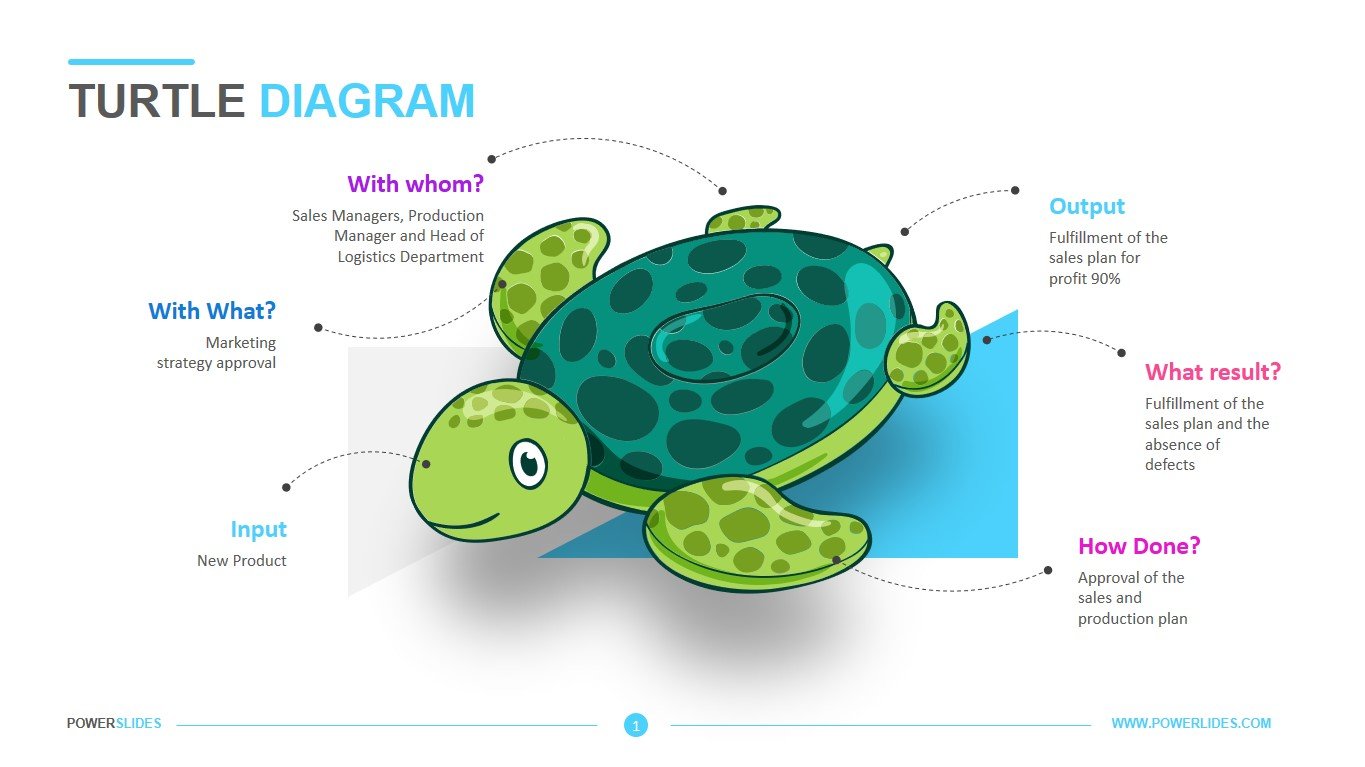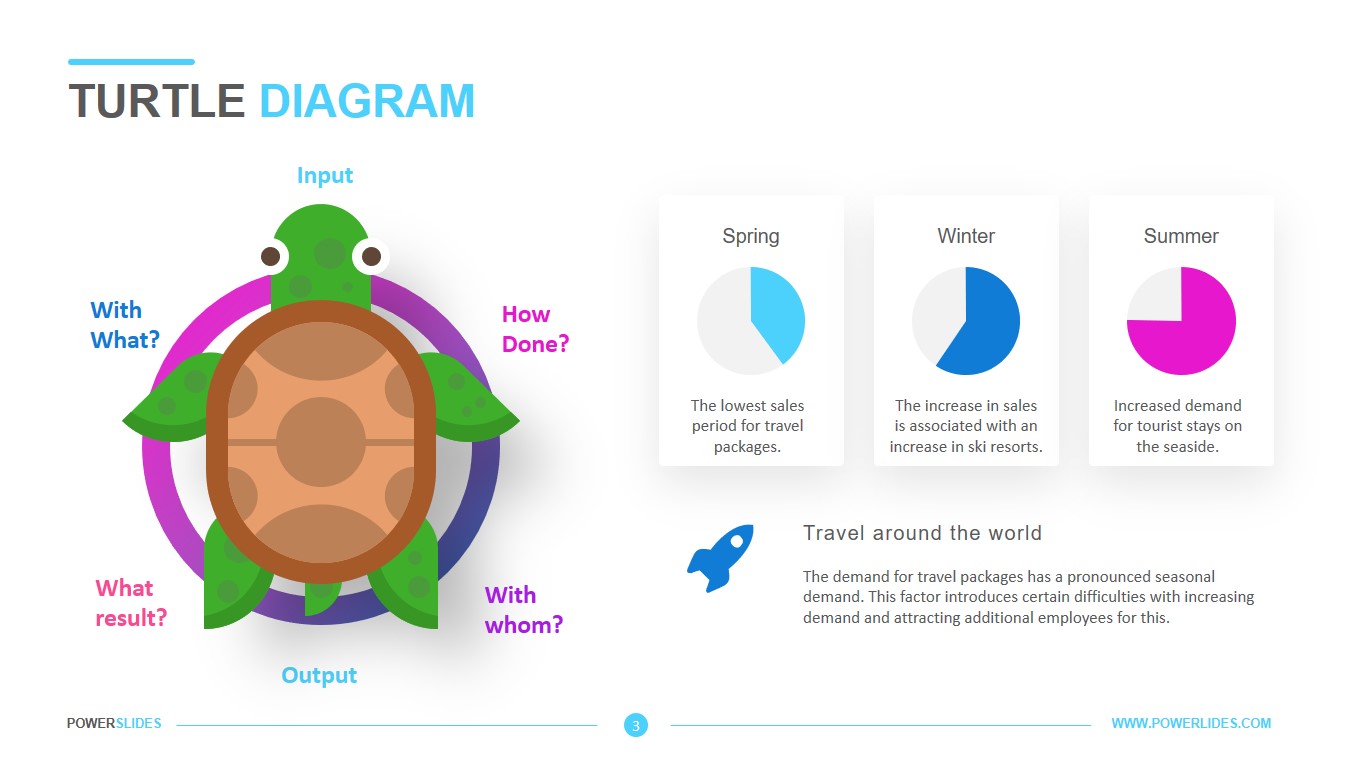Turtle Diagram Template: Essential Tools For Quality Management
In the realm of quality management, visual tools play a pivotal role in streamlining processes and enhancing understanding among team members. One such indispensable tool is the Turtle Diagram Template. This innovative framework not only simplifies complex processes but also ensures that all critical elements of a system are thoroughly analyzed and documented. Whether you're a quality manager, a process improvement specialist, or simply looking to elevate your team's efficiency, mastering the Turtle Diagram can lead to significant advancements in your quality management initiatives. In this blog post, we'll explore the key components of the Turtle Diagram Template and how you can leverage it to drive continuous improvement in your organization.
How To Use Turtle Diagrams
Turtle diagrams are an invaluable tool in quality management, providing a clear and structured way to visualize processes and their components. To effectively use a turtle diagram, start by identifying the process you want to analyze and then outline the key elements: inputs, outputs, resources, activities, and stakeholders. Each of these components can be represented in a simple, easy-to-understand format that highlights the relationships and flow of information. When creating your turtle diagram, ensure that you involve relevant team members to gather diverse insights, which can enrich the diagram's accuracy and effectiveness. Incorporating turtle diagrams into your quality management practices not only enhances process clarity but also fosters better communication and continuous improvement within your organization.
 mungfali.com
mungfali.com How To Use A Turtle Diagram For Internal Audits
Using a turtle diagram for internal audits is an effective way to visualize and assess your organization's processes. This tool helps outline the key components of a process, including inputs, outputs, resources, and stakeholders, making it easier to identify areas for improvement. To create a turtle diagram for your audit, start by clearly defining the process you want to evaluate. Then, fill in the diagram's sections: specify the inputs (what resources are needed), outputs (the results of the process), activities (the steps involved), and the roles of people (who is responsible). Additionally, consider the controls and measures in place to ensure quality and compliance. By systematically analyzing each aspect of the process with a turtle diagram, you can pinpoint inefficiencies, streamline operations, and enhance the overall quality management system within your organization.
 www.greenlight.guru
www.greenlight.guru Editable Turtle Diagram Templates
Editable turtle diagram templates are invaluable tools for organizations striving to enhance their quality management processes. These templates provide a structured visual representation of key components such as inputs, outputs, processes, and stakeholders, making it easier for teams to identify areas for improvement. With the flexibility to customize these diagrams, businesses can tailor them to meet specific project needs or industry standards, ensuring that all relevant factors are considered. By utilizing editable turtle diagram templates, organizations can foster better communication, streamline workflows, and ultimately drive continuous improvement, making them essential assets in any quality management toolkit.
 www.edrawsoft.com
www.edrawsoft.com Turtle Diagram Template
A Turtle Diagram template is an invaluable tool in the realm of quality management, providing a structured approach to process analysis and improvement. This visual representation helps teams understand the key components of a process by breaking it down into essential elements, including inputs, outputs, resources, and stakeholders. By utilizing this template, organizations can easily identify areas for enhancement, ensuring that every aspect of the process aligns with quality objectives. The Turtle Diagram not only fosters clearer communication among team members but also serves as a foundational element for continuous improvement initiatives, making it a must-have in any quality management toolkit.
 prntbl.concejomunicipaldechinu.gov.co
prntbl.concejomunicipaldechinu.gov.co Turtle Diagram
A Turtle Diagram is a powerful tool in quality management that helps organizations visualize and analyze their processes in a structured manner. By breaking down a process into its fundamental components—inputs, outputs, activities, resources, and stakeholders—this diagram provides a clear overview of how each element interacts and contributes to the overall workflow. The Turtle Diagram's unique shape, resembling a turtle, makes it easy to remember and implement, serving as an effective means for teams to identify areas for improvement and ensure that quality standards are met. Utilizing this template can lead to enhanced efficiency, better communication among team members, and ultimately, a higher level of customer satisfaction. Whether you're looking to streamline operations or foster a culture of continuous improvement, the Turtle Diagram is an essential tool in your quality management arsenal.
 ar.inspiredpencil.com
ar.inspiredpencil.com Other Wiring Gallery

prntbl.concejomunicipaldechinu.gov.co
Turtle Diagram Template
www.concentricglobal.co
Turtle Diagram Template In Ppt

mungfali.com
How To Use Turtle Diagrams

www.edrawsoft.com
Editable Turtle Diagram Templates
![[diagram] process turtle diagram training](https://i0.wp.com/arrizabalagauriarte.com/wp-content/uploads/2016/05/turtle_0.jpg)
mydiagram.online
[diagram] Process Turtle Diagram Training
![Turtle diagram template [m-files process maps]](https://i0.wp.com/process-maps.software/lib/exe/fetch.php?media=introduction:130_use_cases:turtle_template:20201106131342.png)
process-maps.software
Turtle Diagram Template [m-files Process Maps]

powerslides.com
Turtle Diagram Template
